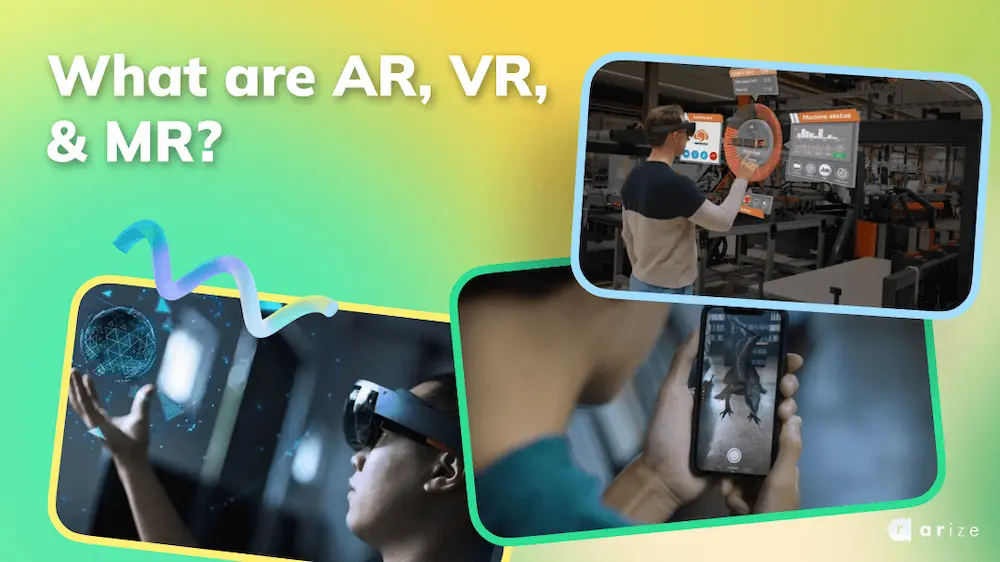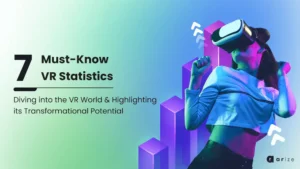There is a fair amount of confusion about the differences between the different interactive technologies. Firstly, the terms augmented reality (AR), virtual reality (VR), and even mixed reality (MR) is thrown around a lot today. But people either confuse them or misuse them. Here’s a quick guide so you know each one and its defining characteristics.
AR
Augmented reality (AR) adds digital elements to a live view, often by using the camera on a smartphone. Features such as text, images, or audio will be overlaid on the actual environment surrounding a user through their smart device. Many examples of augmented reality are already being utilized on smartphones, from Snapchat filters to the worldwide gaming phenomenon Pokémon GO.
VR
Virtual reality (VR) is an entirely immersive experience that shuts out the physical world and puts the user in a wholly artificial reality. USERS CAN BE TRANSPORTED INTO ANY NUMBER OF SIMULATED ENVIRONMENTS using VR devices such as the Oculus Rift or Google Cardboard. From realistic towns and cities to fantastic locations like underwater paradises or space.
MR
Mixed Reality (MR) is not a single definable environment like the two above. All of these realities lie in something known as the Virtuality Continuum. This scale tracks the progression from the Real World through to Virtual reality.
As you can see in the image below, mixed reality is any environment that mixes the real and virtual worlds.
All of these technologies come under the umbrella term of Extended Reality (XR). This covers the various technologies that enhance our senses. Whether by providing additional information about our actual world or creating unreal, simulated worlds for us to experience.



